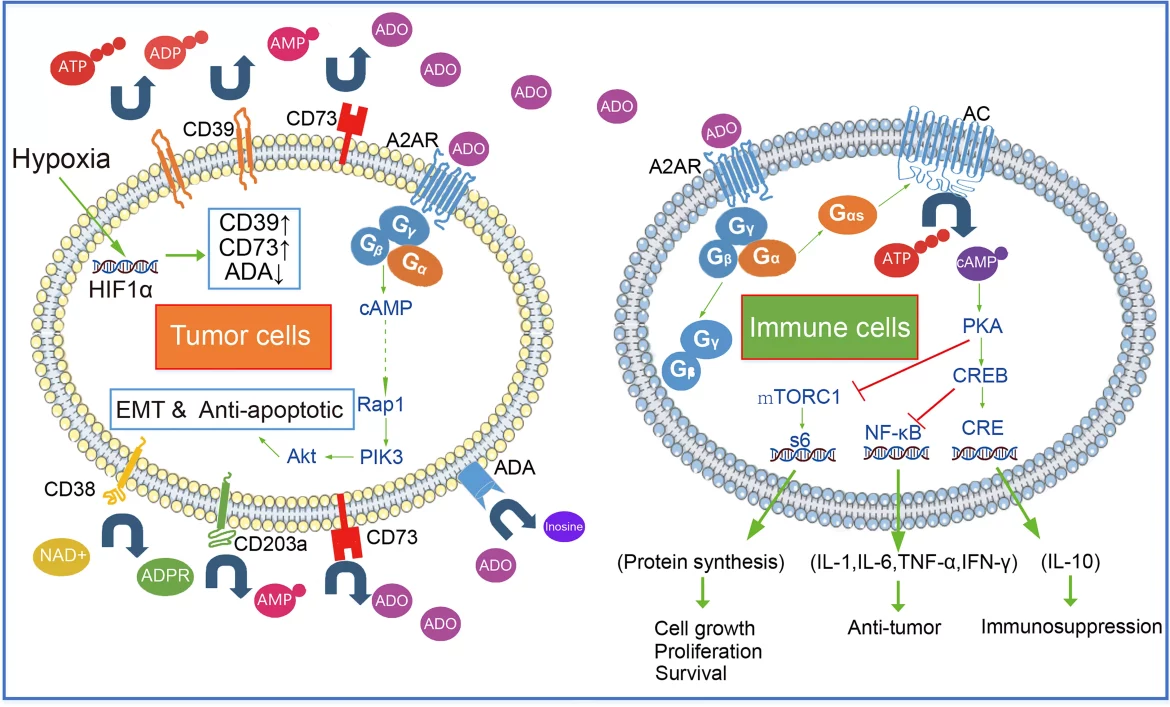Adenosine is a potent medication used in the field of cardiology to treat various types of arrhythmias. Arrhythmias are abnormal heart rhythms that can disrupt the normal functioning of the heart. They can range from harmless palpitations to life-threatening conditions like ventricular fibrillation. Adenosine plays a crucial role in managing certain types of arrhythmias by affecting the electrical activity of the heart. In this article, we will explore the mechanism of adenosine, the types of arrhythmias it is used for, its effectiveness, and potential side effects.
What Is Adenosine?
Adenosine is a naturally occurring nucleoside that acts as a regulator of various physiological processes in the body, including heart rhythm. It works by binding to specific receptors called adenosine receptors, primarily the A1 and A2 receptors, found in the heart’s conduction system and blood vessels.
SEE ALSO: 7 Symptoms of Paroxysmal Atrial Fibrillation
Mechanism of Action
When adenosine binds to its receptors, it activates a series of intracellular pathways that lead to the inhibition of calcium influx into cardiac cells. This action slows down the electrical conduction in the heart, particularly in the atrioventricular (AV) node. By slowing AV node conduction, adenosine can interrupt reentrant pathways responsible for certain types of arrhythmias.
Types of Arrhythmias Treated with Adenosine
1. Supraventricular Tachycardia (SVT):
SVT is a common type of arrhythmia characterized by rapid heart rates originating above the ventricles. Adenosine is highly effective in terminating SVT episodes by blocking the AV node and interrupting the reentrant circuits responsible for the rapid heart rate.
2. Atrial Fibrillation (AF) with Rapid Ventricular Response:
In AF with rapid ventricular response, the atria fibrillate irregularly, leading to a rapid and irregular ventricular response.
Adenosine may be used in certain cases to slow down the ventricular response rate and restore a more regular heart rhythm.
3. Atrial Flutter:
Atrial flutter is another supraventricular arrhythmia characterized by rapid, regular atrial contractions. Adenosine can be used to help diagnose atrial flutter by revealing the characteristic sawtooth pattern on an electrocardiogram (ECG).
4.Paroxysmal Supraventricular Tachycardia (PSVT):
PSVT refers to episodes of rapid heart rate that start and stop suddenly. Adenosine is a first-line medication for terminating PSVT episodes due to its rapid onset of action and effectiveness in slowing AV nodal conduction.
Effectiveness of Adenosine
Adenosine is known for its rapid onset of action, typically within seconds to minutes after administration. This makes it a valuable tool in the acute management of certain arrhythmias, especially those involving reentrant pathways or AV nodal reentry. Its short half-life also allows for quick clearance from the body, minimizing the risk of prolonged side effects.
Administration and Dosage
Adenosine is usually administered intravenously due to its rapid metabolism when taken orally. The standard initial dose for treating SVT is 6 mg given rapidly via a peripheral intravenous line, followed by a saline flush to ensure delivery to the heart. If there is no response or incomplete response, a second dose of 12 mg may be given in a similar manner.
For other arrhythmias like AF with rapid ventricular response or atrial flutter, the dosing may vary depending on the patient’s condition and response to initial therapy. It is important to administer adenosine under close medical supervision due to its potential to cause transient bradycardia, atrioventricular block, and other side effects.
Side Effects And Considerations
While adenosine is generally well-tolerated, it can cause transient side effects that are usually short-lived. These may include:
- Flushing
- Chest discomfort or pain
- Shortness of breath
- Dizziness or lightheadedness
- Nausea
- Headache
These side effects are often related to the rapid slowing of heart rate and AV nodal conduction. Patients with underlying heart conditions or significant bradycardia may be at higher risk of experiencing adverse effects.
Contraindications And Precautions
Adenosine is contraindicated in patients with:
- Known hypersensitivity to adenosine
- Second- or third-degree atrioventricular block (unless a pacemaker is in place)
- Severe bradycardia
- Asthma or chronic obstructive pulmonary disease (COPD) not well controlled
Special precautions should be taken when administering adenosine to patients with underlying lung disease, as it can cause bronchoconstriction in susceptible individuals.
Conclusion
In conclusion, adenosine is a valuable medication in the management of certain types of arrhythmias, particularly those involving the AV node or reentrant pathways. Its rapid onset of action and short duration make it an effective tool for terminating acute arrhythmia episodes. However, it is essential to use adenosine judiciously, considering patient-specific factors, potential side effects, and contraindications. Close monitoring and proper dosing under medical supervision are crucial for optimizing the therapeutic benefits of adenosine in arrhythmia management.

